The Government has submitted to the National Assembly a policy to invest in the North-South high-speed railway.
The North-South high-speed railway investment project will build a new double-track railway line, 1,435 mm gauge, designed speed of 350 km/h, load capacity of 22.5 tons/axle; build 23 passenger stations, 5 freight stations; transport passengers, and can transport goods when necessary.
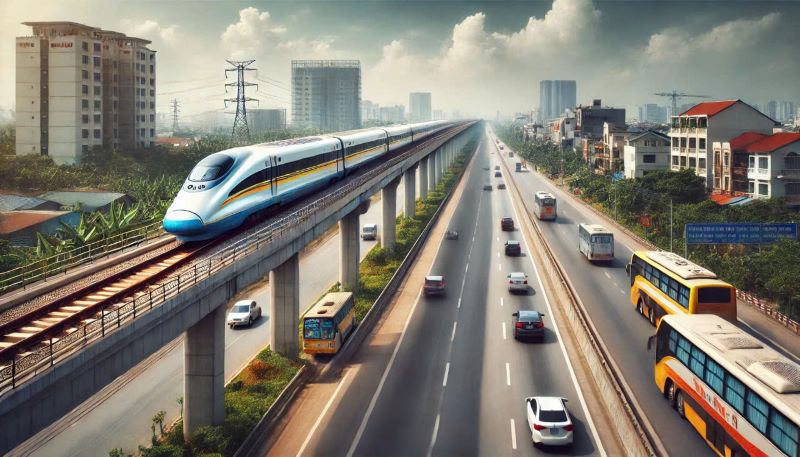 |
| Illustration photo. (Source: Internet). |
Yesterday afternoon (October 19), on behalf of the Government, authorized by the Prime Minister, Minister of Transport Nguyen Van Thang signed Document No. 685/TTr-CP proposing to the National Assembly to decide on the investment policy for the North-South high-speed railway construction investment project.
Route length 1,541 km, project investment rate 43.7 million USD/km
The investment project to build a high-speed railway on the North-South axis has its starting point in Hanoi (Ngoc Hoi station); its ending point in Ho Chi Minh City (Thu Thiem station) with a total route length of about 1,541 km, invested in the form of public investment.
The project passes through 20 provinces and cities including: Hanoi, Ha Nam, Nam Dinh, Ninh Binh, Thanh Hoa, Nghe An, Ha Tinh, Quang Binh, Quang Tri, Thua Thien Hue, Da Nang, Quang Nam, Quang Ngai, Binh Dinh, Phu Yen, Khanh Hoa, Ninh Thuan, Binh Thuan, Dong Nai, Ho Chi Minh City.
According to the Government's proposal, the Project aims to build a new double-track railway line, 1,435 mm gauge, design speed of 350 km/h, load capacity of 22.5 tons/axle; build 23 passenger stations, 5 freight stations; high-speed railway for passenger transport, meeting dual-use requirements for national defense and security, and can transport goods when necessary.
The total land use demand of the Project is about 10,827 hectares, of which rice land is about 3,655 hectares (of which rice land with 2 or more crops is 3,102 hectares); forestry land is about 2,567 hectares; other types of land according to the provisions of the law on land is about 4,605 hectares. The resettled population is about 120,836 people.
In Submission No. 685, the Government proposed that the National Assembly allow the Prime Minister to decide to invest in additional station locations in urban areas with high transportation demand during the operation process, based on proposals from localities.
The preliminary total investment of the Project is about VND 1,713,548 billion (equivalent to USD 67.34 billion), of which the estimated cost items include: compensation, support and resettlement costs of VND 150,148 billion (about USD 5.9 billion); construction costs of VND 846,014 billion (about USD 33.25 billion); equipment costs of VND 280,771 billion (about USD 11.03 billion); project management costs of VND 20,282 billion (about USD 0.8 billion); construction investment consulting costs of VND 91,946 billion (about USD 3.61 billion); other costs of VND 22,986 billion (about USD 0.9 billion); contingency costs (including interest) of VND 301,401 billion (about USD 11.85 billion).
The government said that the high-speed railway line on the North-South axis is expected to invest about 60% in bridges, 10% in tunnels and 30% in ground, so the project investment rate is about 43.7 million USD/km.
This is the average level compared to some high-speed railway lines in the world with the same operating speed range when converted to 2024. The total investment is calculated according to the provisions of the law on construction and current macroeconomic conditions.
Because the project is implemented over a long period of time (about more than 10 years), the total investment may fluctuate due to the influence of objective factors (natural disasters, environmental incidents, enemy attacks, fires and other force majeure factors) or subjective factors (changes in planning, policies, price indexes, slow site clearance implementation, inadequate capital allocation, etc.).
The source of capital for the Project implementation is capital from the central budget arranged in medium-term periods, capital contributed by localities, and mobilized capital with low costs and few constraints.
During the construction and operation process, businesses will be called upon to invest in service and commercial areas at the stations; and invest in additional vehicles for exploitation when needed.
Regarding implementation progress, the Government proposed to prepare a Feasibility Study Report in 2025-2026; start construction at the end of 2027; strive to basically complete the entire route in 2035.
Regarding the organization of exploitation, the Government proposes that, under normal conditions, the organization of exploitation should mainly transport passengers (trains only stop at a few main stations; trains stop at all stations...); in case of need for transporting goods, or an emergency situation occurs, the train schedule will be adjusted accordingly.
The exploitation organization plan will be adjusted to suit the transportation needs at each time and service object, ensuring effective exploitation of the infrastructure system, serving national defense and security.
During the exploitation process, depending on the actual situation, freight transport demand, and transport capacity of the existing railway line, the enterprise will determine the specific number of freight trains to purchase, ensuring business efficiency; at the same time, it will call on enterprises to participate in investing in service and commercial areas at the stations.
Regarding the management organization plan, the Government proposed that Vietnam Railway Corporation be the unit to receive, manage, maintain the infrastructure and organize the operation of the entire route; be assigned all means and equipment for operation and be responsible for repaying the investment costs.
To meet the above requirements, it is recommended that the Government assign the State Capital Management Committee at Enterprises to restructure the Vietnam Railway Corporation, build a model for managing and maintaining infrastructure; operate and exploit high-speed railways in particular and the national railway system in general to ensure unity, modernity and efficiency; and participate in the development of the railway industry.
Proposal to apply 19 special policies and mechanisms
In Document No. 685/TTr-CP , the Government proposed that the National Assembly allow the Project to apply 19 special policies and mechanisms.
Notably, the Government proposed to the National Assembly to apply the list of railway industrial products, supporting industries and other industries serving the Project that are assigned tasks or ordered by Vietnamese organizations and enterprises; criteria for selecting organizations and state-owned enterprises assigned tasks or other Vietnamese enterprises ordered to supply railway industrial products, supporting industries and other industries; research, application and acceptance of railway technology transfer serving the Project.
In addition, during the process of selecting contractors and signing contracts to implement the Project, investors must stipulate specific terms on the roadmap and content of technology transfer to general contractors and contractors according to the technology transfer list stated in the Investment Project approved by competent authorities.
Priority shall be given to selecting general contractors and contractors who commit to transferring new, modern, and complex technologies that are not yet available domestically; for railway industrial products, supporting industries, and other industries serving the Project that can be produced domestically, investors, general contractors, and contractors must give priority to placing orders with Vietnamese enterprises.
According to the Government, currently, the domestic railway industry is underdeveloped, only meeting the needs of maintenance and repair of existing railways; there is no long-term strategic orientation for the development of the railway industry and supporting industries; most railway industry enterprises are in a state of old and outdated machinery and equipment; the number of enterprises participating in this field is also very small.
According to international experience, to develop the railway industry, countries must master core technology, have a developed supporting industry and especially need a huge amount of capital to buy technology and invest in facilities.
Therefore, countries are very careful when deciding on the scope of railway industry development because it is only effective when the market size is large enough.
To create motivation and confidence for businesses when deciding to participate in the railway industry market, there needs to be a firm commitment from the Government as well as specific mechanisms and policies, especially to ensure output for railway industry products in the condition that because they are new to the market, their prices are difficult to compete with similar products in the world.
It is known that with the advantage of large-volume, fast, reliable and convenient transportation, the high-speed railway on the North-South axis will "shorten" the distance between localities and regions, contributing to reducing the pressure of population concentration and infrastructure overload in large cities that are causing many consequences, especially in the capital Hanoi and Ho Chi Minh City; restructuring and redistributing urban areas and population, opening up economic development space, effectively exploiting resources from land funds; promoting economic development, services, tourism; increasing the competitiveness of the economy.
Investment in high-speed railways will create a construction market worth about 33.5 billion USD; if including the national railway system, urban railways will create a construction market worth about 75.6 billion USD; vehicles and equipment worth about 34.1 billion USD and millions of jobs.
If appropriate technology is transferred, Vietnam has the ability to develop the railway industry, including: mastering the construction industry; gradually mastering and localizing the manufacturing of carriages, power supply systems, information and signal systems; being self-sufficient in all operations, maintenance and production of some replacement components for high-speed railways. Therefore, the development of high-speed railways is a premise for the development of the railway industry and supporting industries.
In addition, the high-speed railway also contributes to the development of a sustainable, modern, and friendly mode of transport, helping to reduce traffic accidents, environmental pollution, respond to climate change, and contribute to ensuring national defense and security.




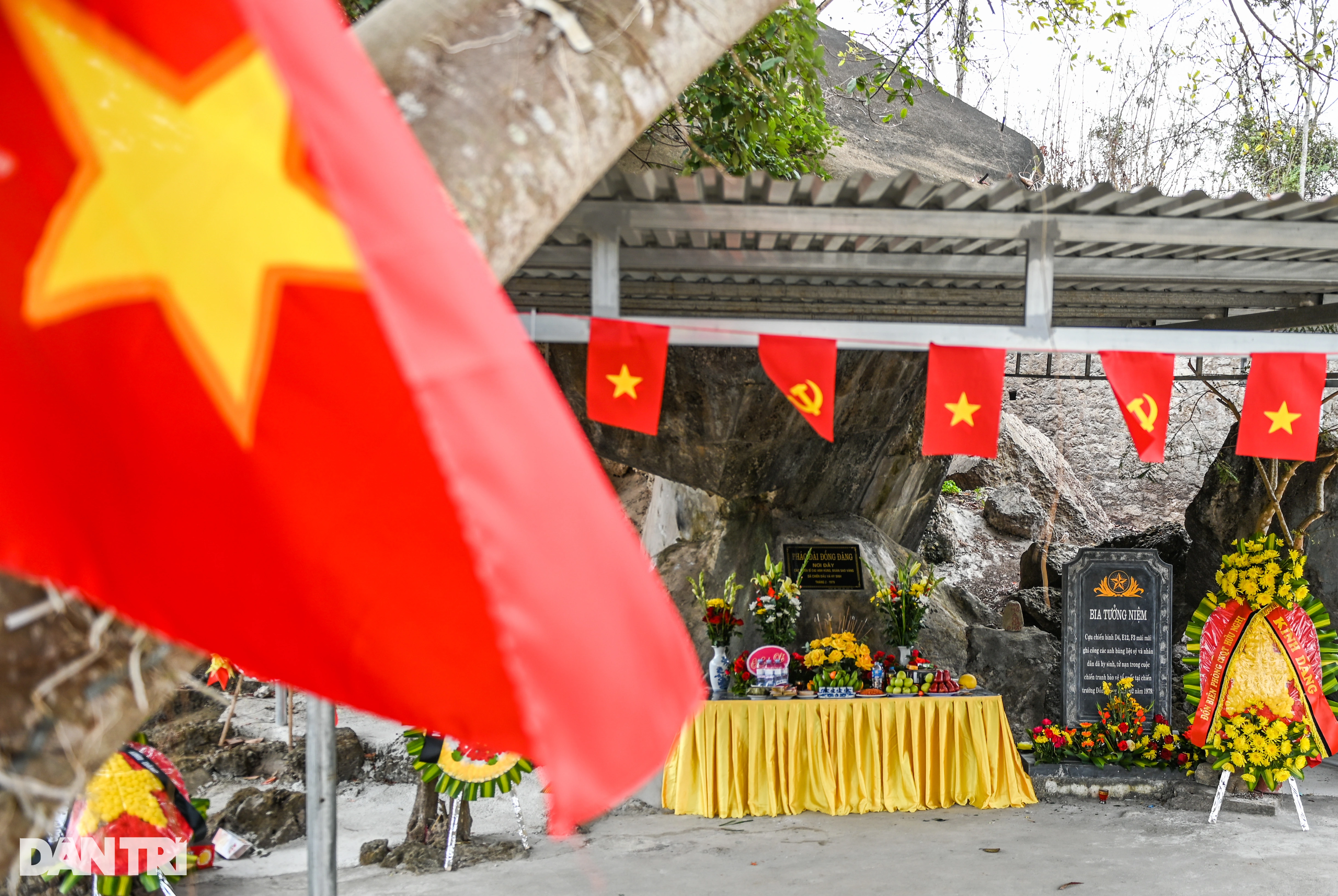
























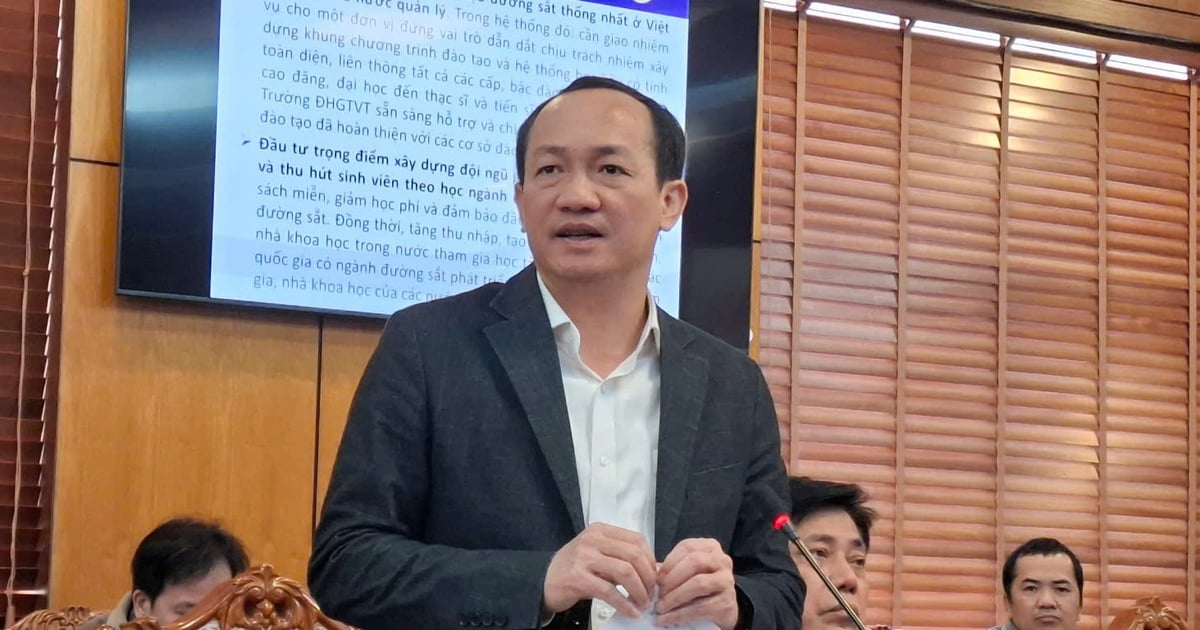

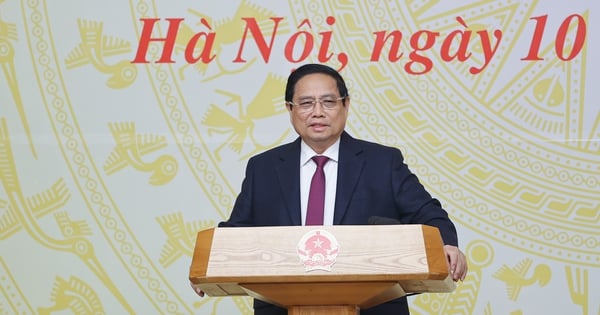

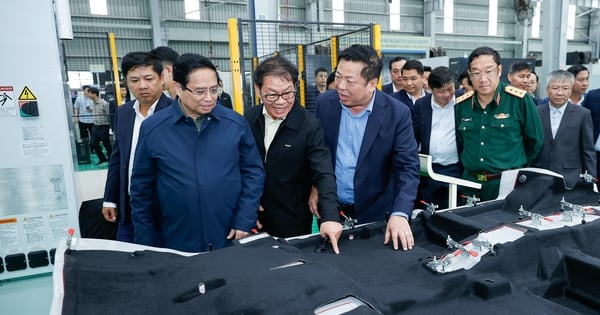
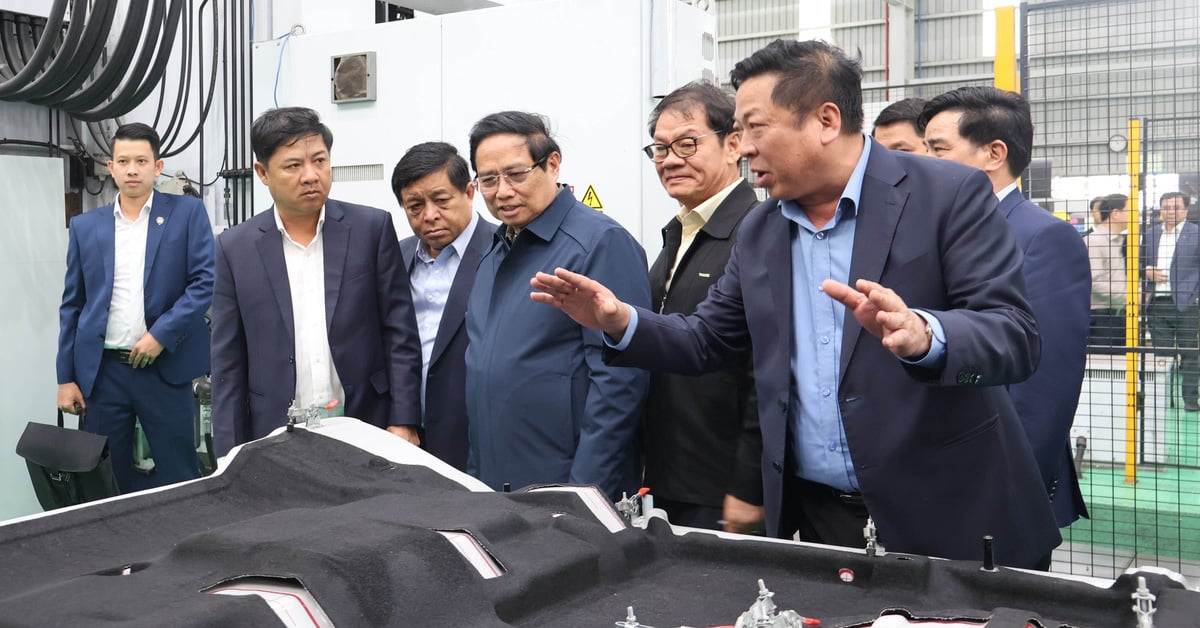

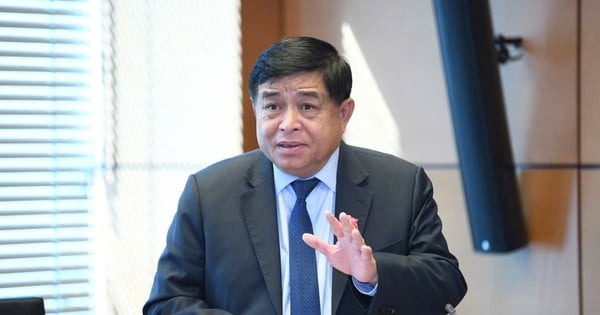

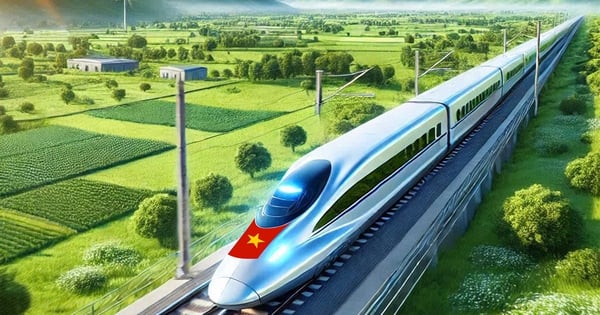
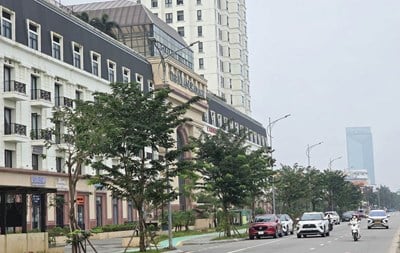
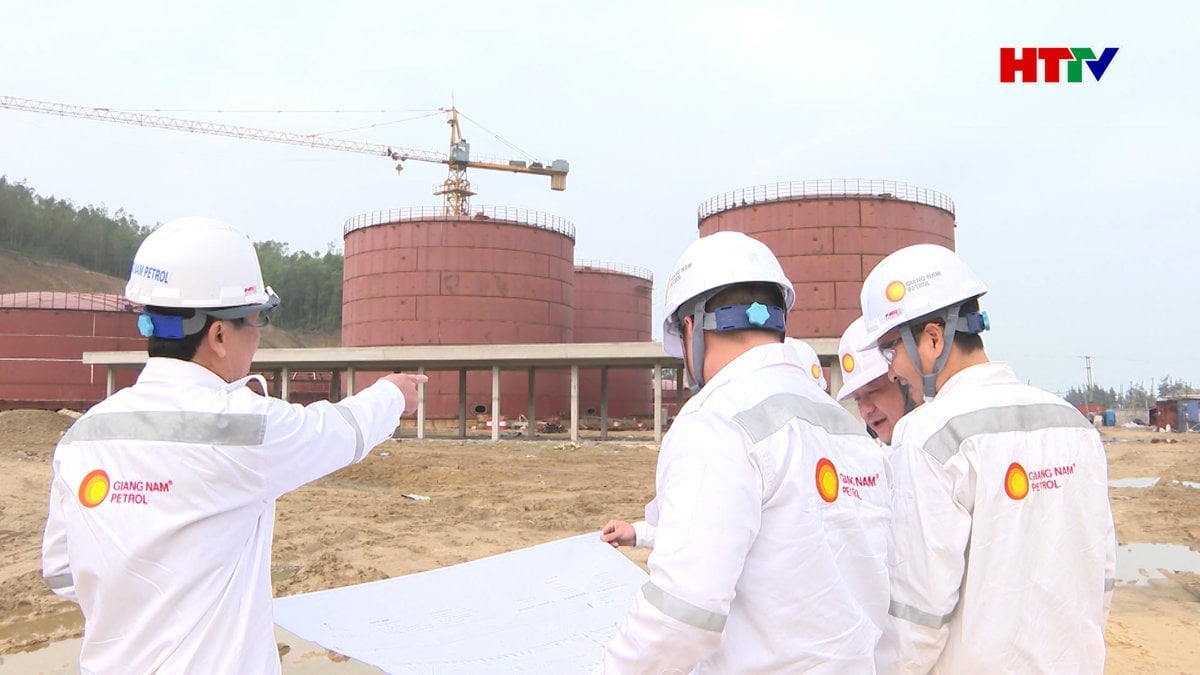



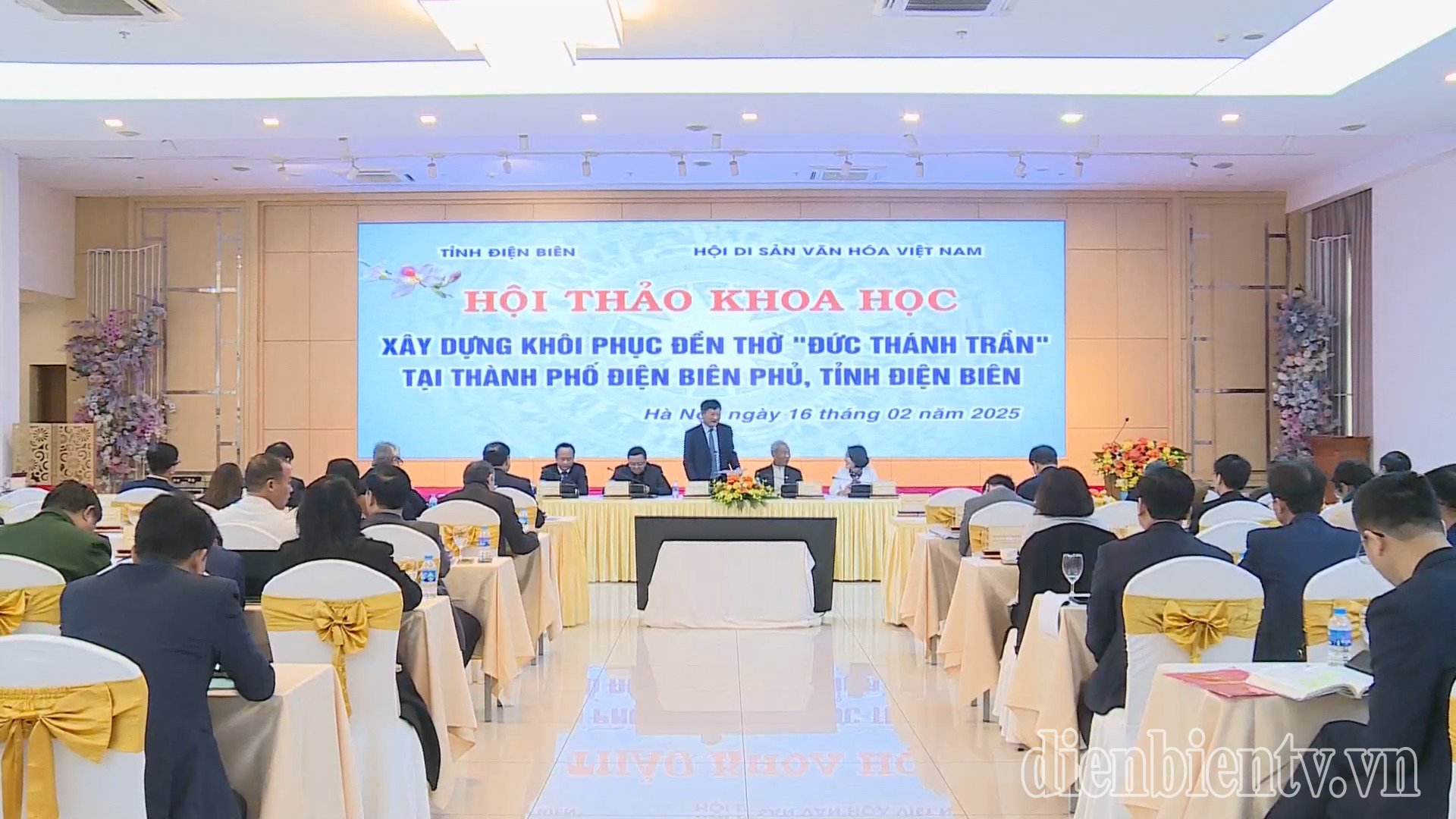
![Charming Vietnam [ Cat Tien National Park ]](https://vstatic.vietnam.vn/vietnam/resource/IMAGE/2025/2/12/c05c34322e4f4cac874e7f971dfaddca)
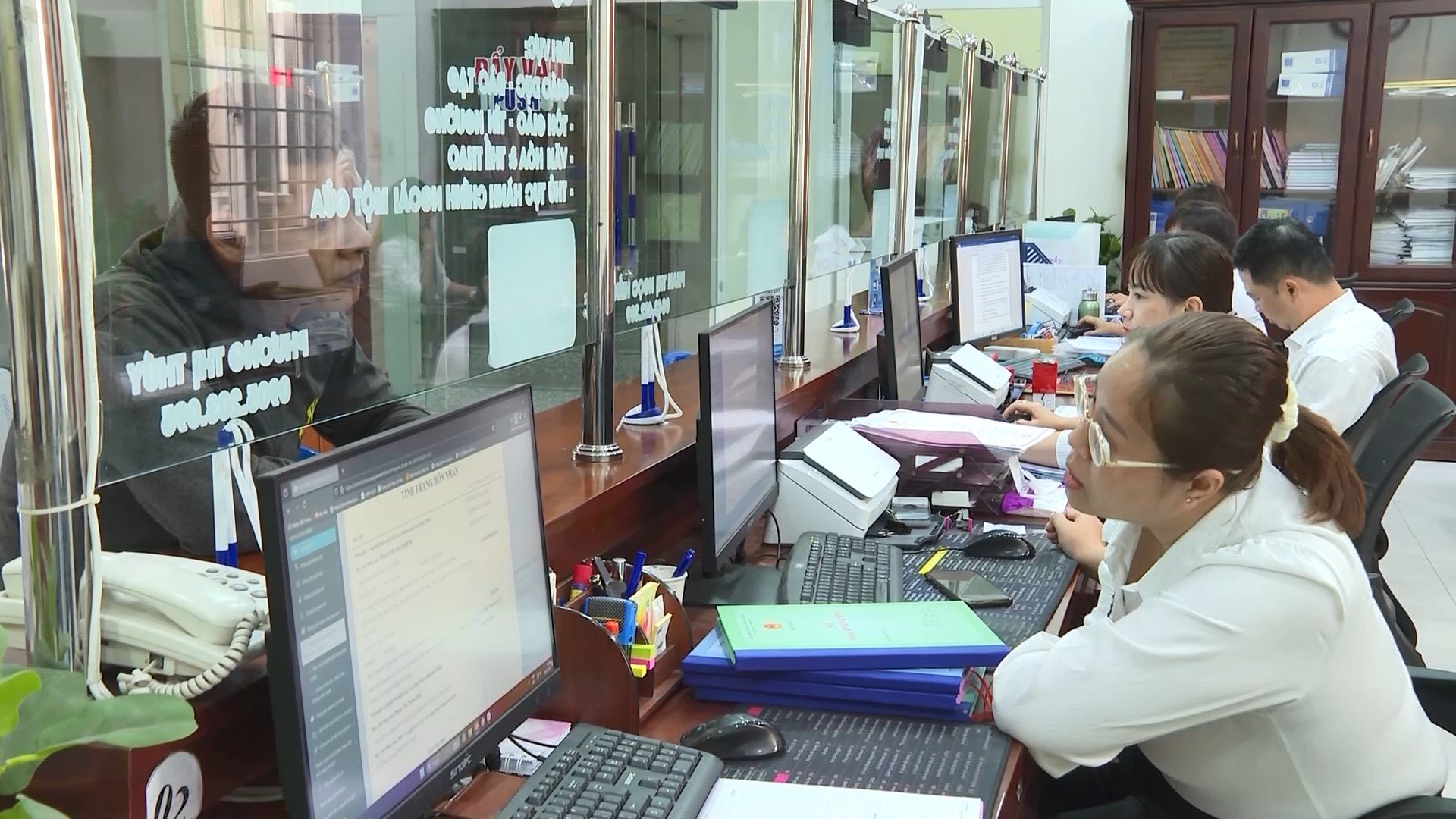
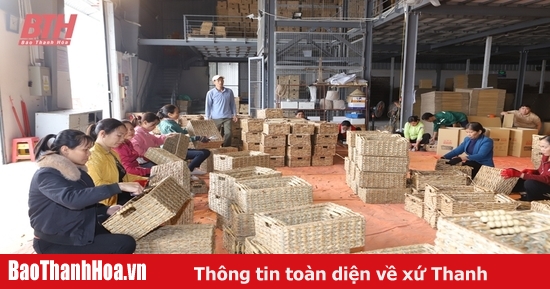

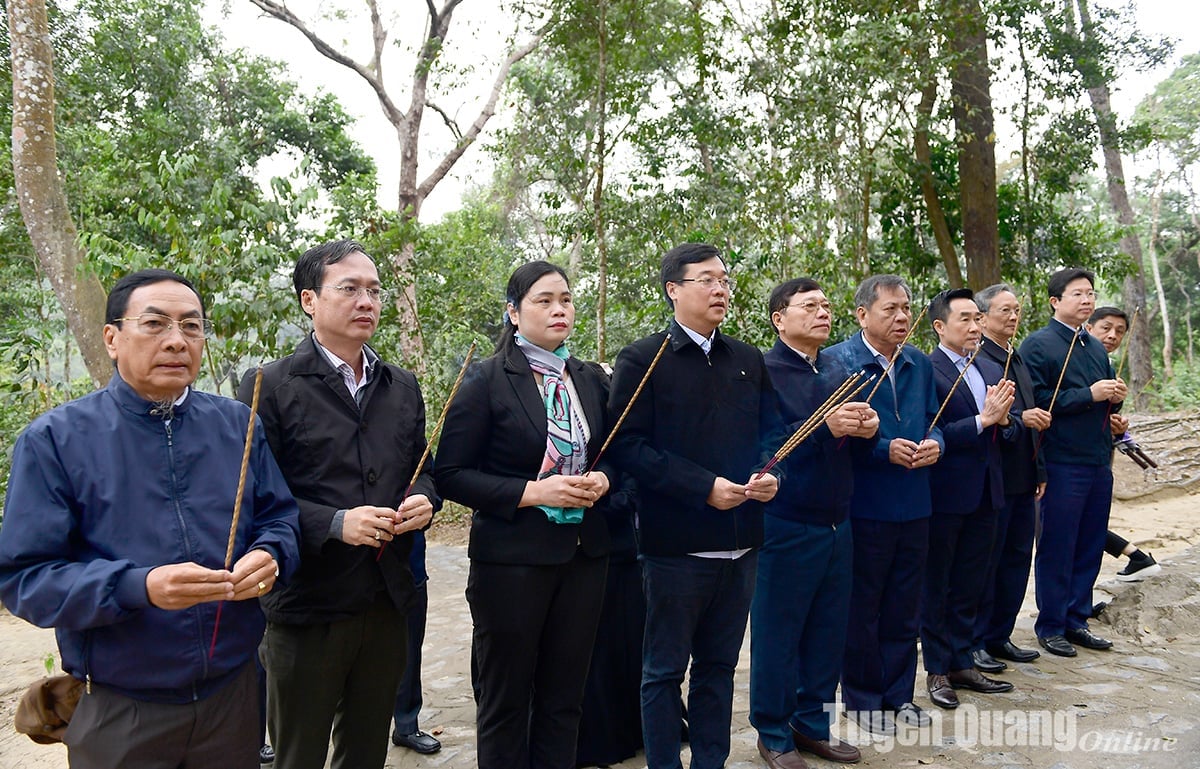














Comment (0)